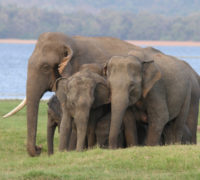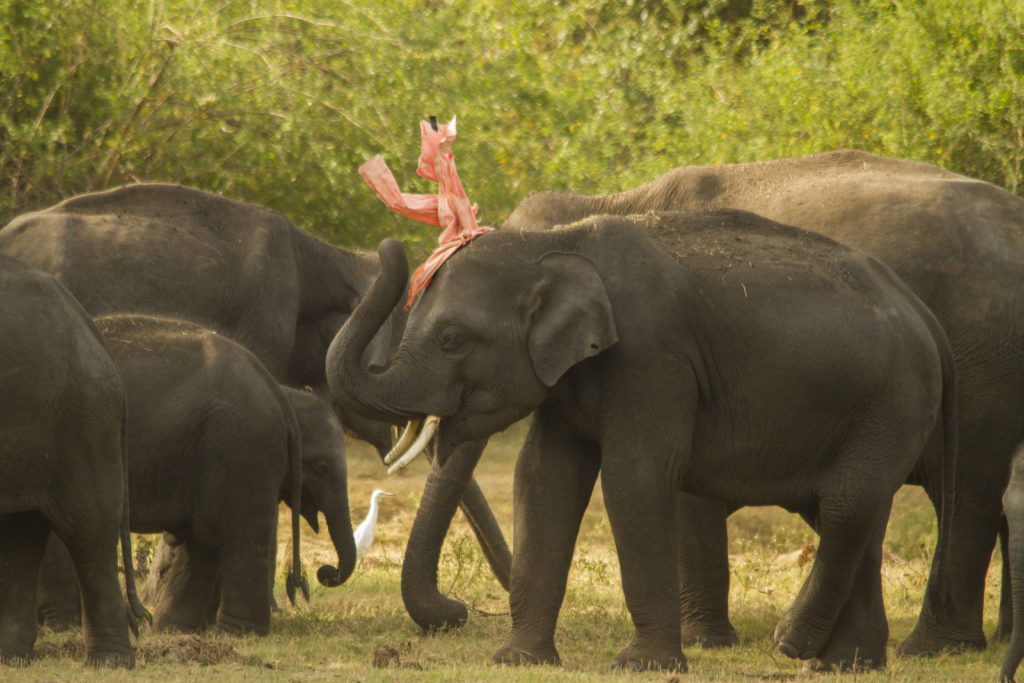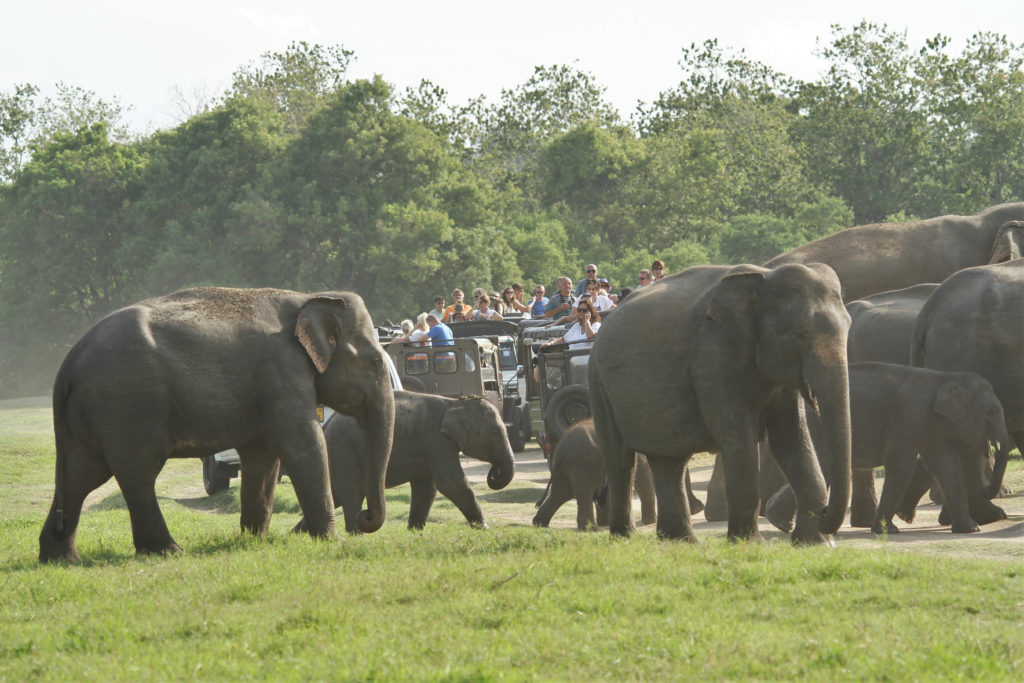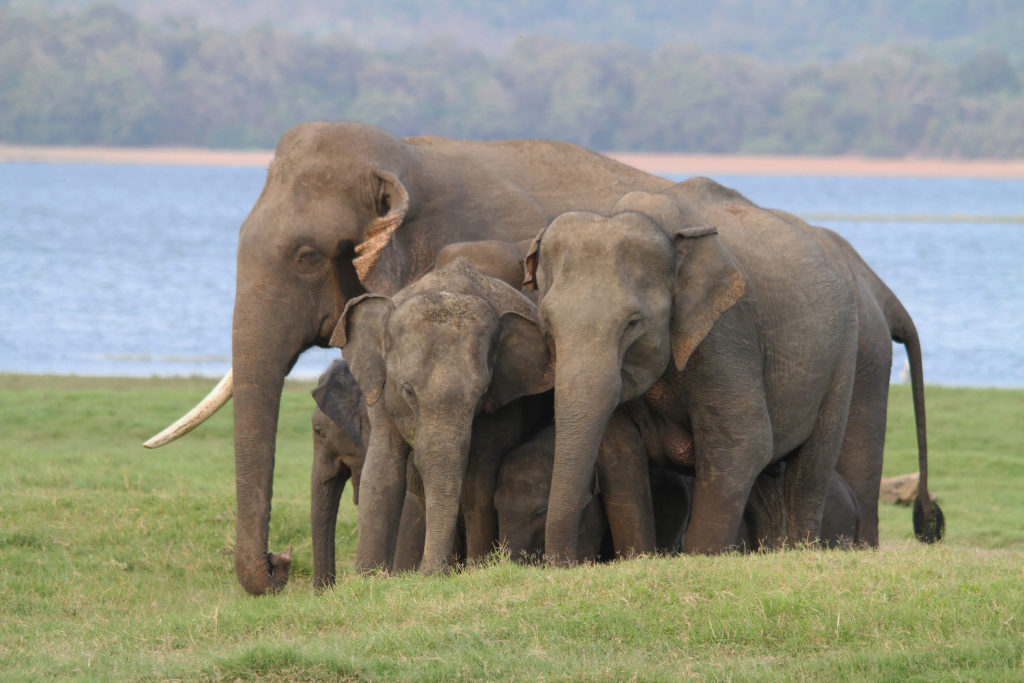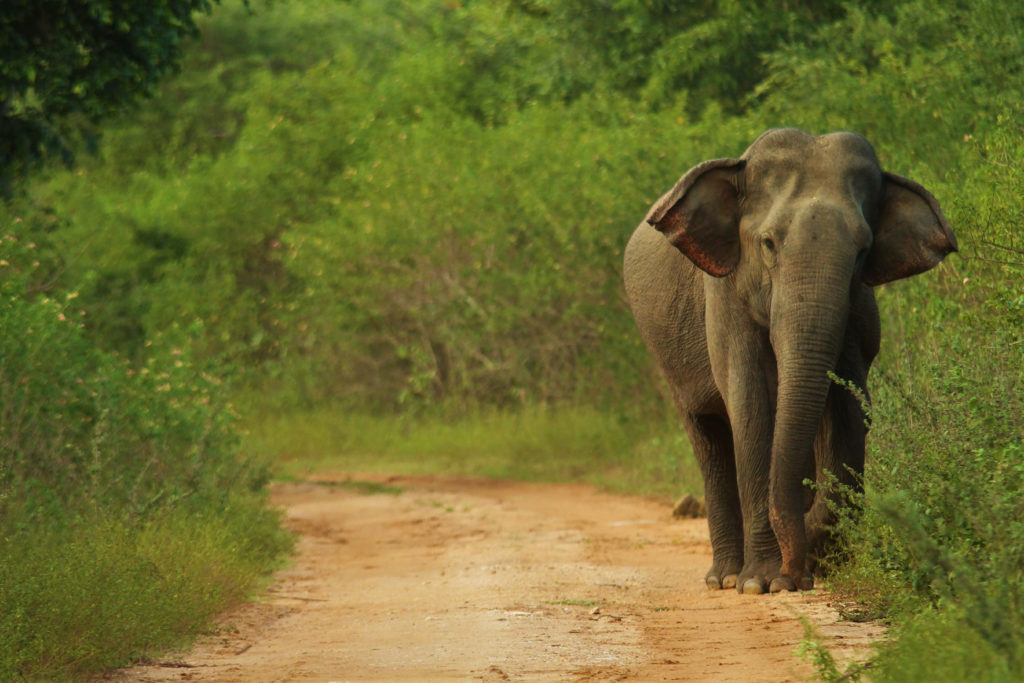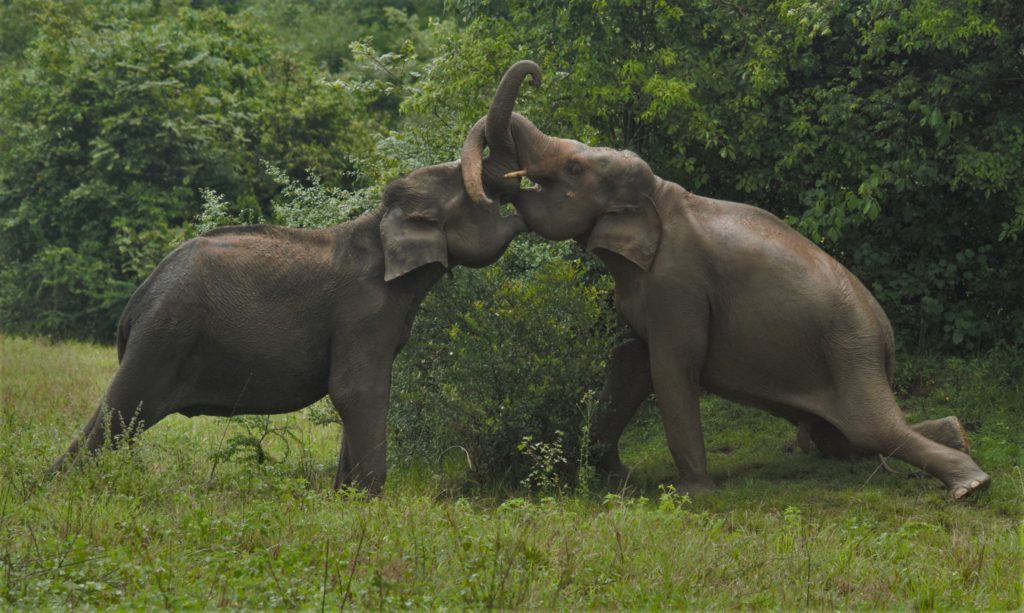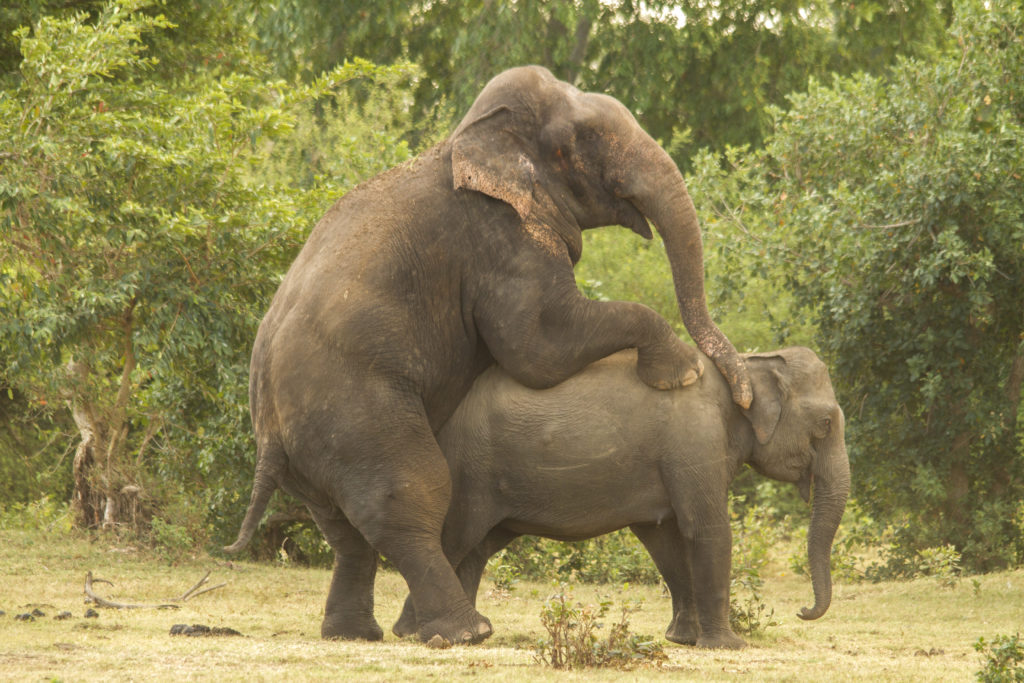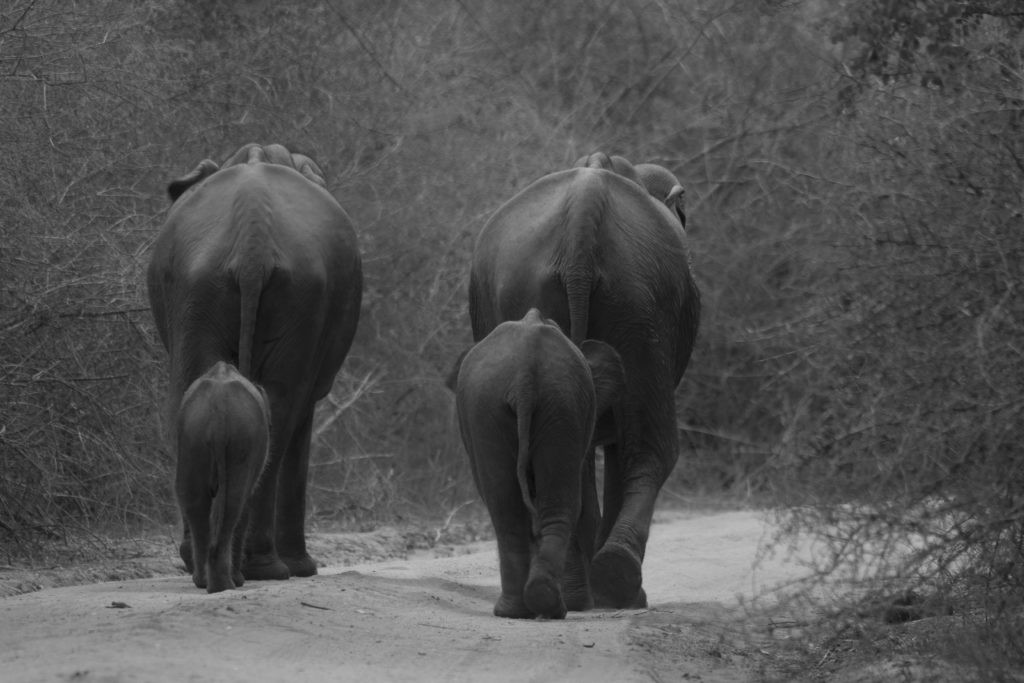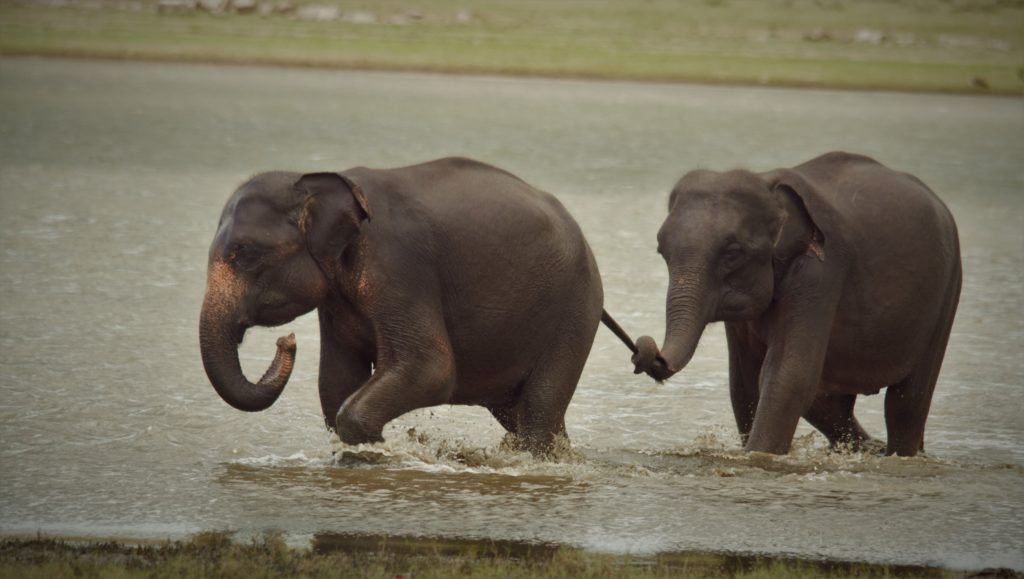A lonely elephant, his mighty head downcast, sways in an age old rhythm of stress and unhappiness as he strains against shackles that bind him to a tree in a backyard of a temple. He longs for his jungle home, remembers the long walks with his herd, the mud baths that soothe but mostly he remembers his freedom. This temple is not where he is meant to be. In a travesty of their natural movement, elephants parade around holding each others tails, amble ungainly on three legs and sit on ridiculously small stools to the applause of patrons at the national zoological gardens in Dehiwala. One can only wonder at the amount of pain the mahouts bull hook would have caused these animals to bring them to this level of docility. This zoo is not where they are meant to be.
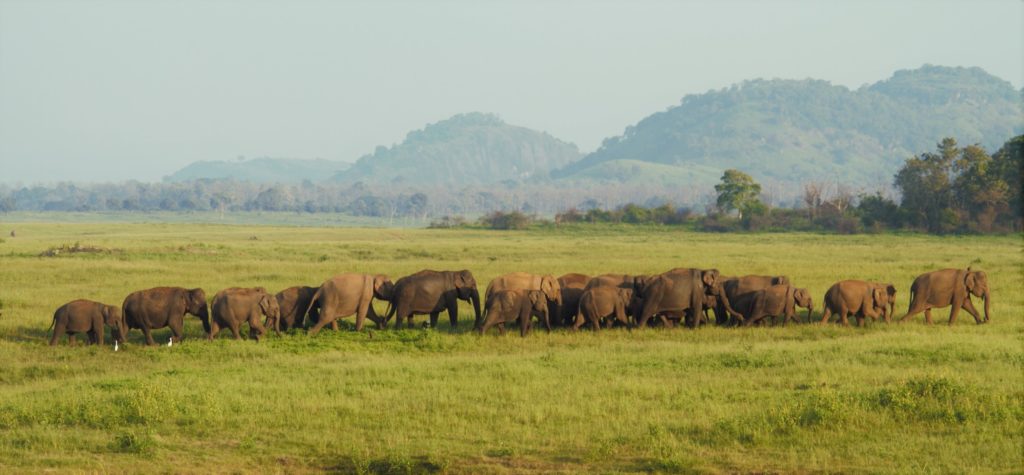
Yet another elephant, bedecked with glittering cloth, runs amok at a perehera, frightened by the blinding lights, the fire that sprouts and the deafening drums. Her fear inadvertently causes injury to people who directly or indirectly put her in this situation. This perehera is not where she is meant to be.
In a remote jungle in Habarana, a baby elephant tentatively prods his mother’s lifeless body with mounting alarm while in the vicinity lie six other bodies of once majestic female elephants, their carcasses a testimony to the evil that is man.
Sri Lanka’s domestication of wild elephants goes back all the way to the time of our kings who used elephants as a mark of prestige and for military might; this trend of domestication continues to the present due to cultural norms and monetary gain.
According to statistics, there are over 230 captive elephants in Sri Lanka. Even though this figure may not seem substantial in the face of an estimated 5800 wild elephant population in our country, elephants are not meant to be domesticated, paraded in cultural pageants not ridden for pleasure. Nor are they meant to be brutally slaughtered due to an ever escalating human elephant conflict that has largely arisen due to humans encroaching on their habitat. It is a gut wrenching fact that approximately a hundred years ago, more than 20,000 wild elephants have freely roamed our land.
The relatively good news however, is that not everyone is their enemy. The Department of Wildlife conservation (DWLC) and the Non-Government Organisation Sri Lanka Wildlife Conservation Society (SLWCS) work toward protecting these gentle giants despite numerous social and political hindrances. Over the years, DWLC has adopted and developed conservation methods such as electric fences, use of deterrents, establishment of new national parks and elephant corridors and habitat enrichment of current elephant regions.
The SLWCS has introduced a simple yet effective method of keeping elephants away from cultivating areas thus mitigating the human elephant conflict to an extent. Through the “Project Orange Elephant”, the SLWCS has planted orange trees in several villages in the Wasgamuwa area and the citrus smell – to which the elephants are naturally averse to – has worked well to protect home gardens.
The elephant transit home in the Udawalawe National Park was established by the DWC in 1995. This jungle sanctuary is a haven to orphaned baby elephants until they are strong enough to be released back to the wild. It is indeed heartening to seeing these young ones jostle each other and hurry on chubby legs to where the staff await with bottles of milk.
So it seems in theory that much is being done to protect the Sri Lankan elephant. But the sad truth is that it is not enough, not by a long shot, as reports reveal that Sri Lanka recorded the highest deaths due to the human elephant conflict this year.
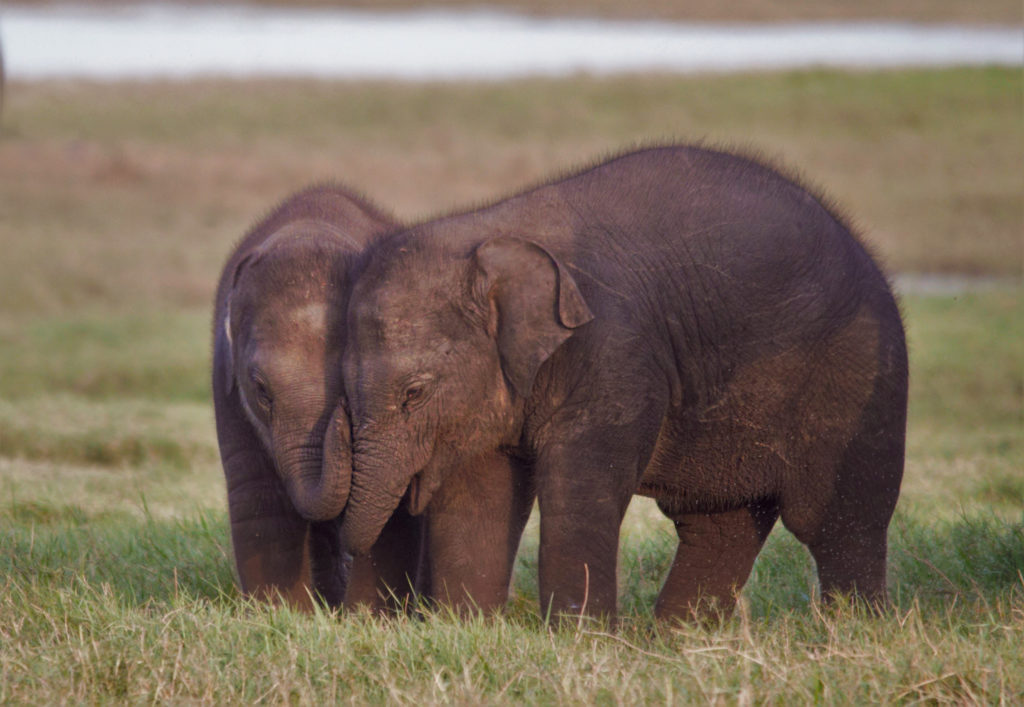
If you would like to learn about them and help in conservation efforts, a place to start is ‘Volunteering journeys’ where volunteers can participate in activities such as monitoring elephants in the wild, building sanctuaries and managing the human elephant conflict.
As a mother, I have taken my children to the zoo, watched the elephants ‘dance’ and taken them on elephant rides and watched the perehera with them. But I have learnt that inadvertently, our actions aimed at making our children’s eyes widen with pleasure, bring tears to the eyes of these gentle creatures we love. So I am doing my part by teaching them today that it is not right to watch our elephants caged or paraded around for our pleasure. If we can do this collectively, if we do not visit places that have elephants in captivity, we can make a difference to the plight of the elephant in our country. As animal lovers and concerned citizens, we can do our part to add to the efforts taken by the DWC and the SLWCS.
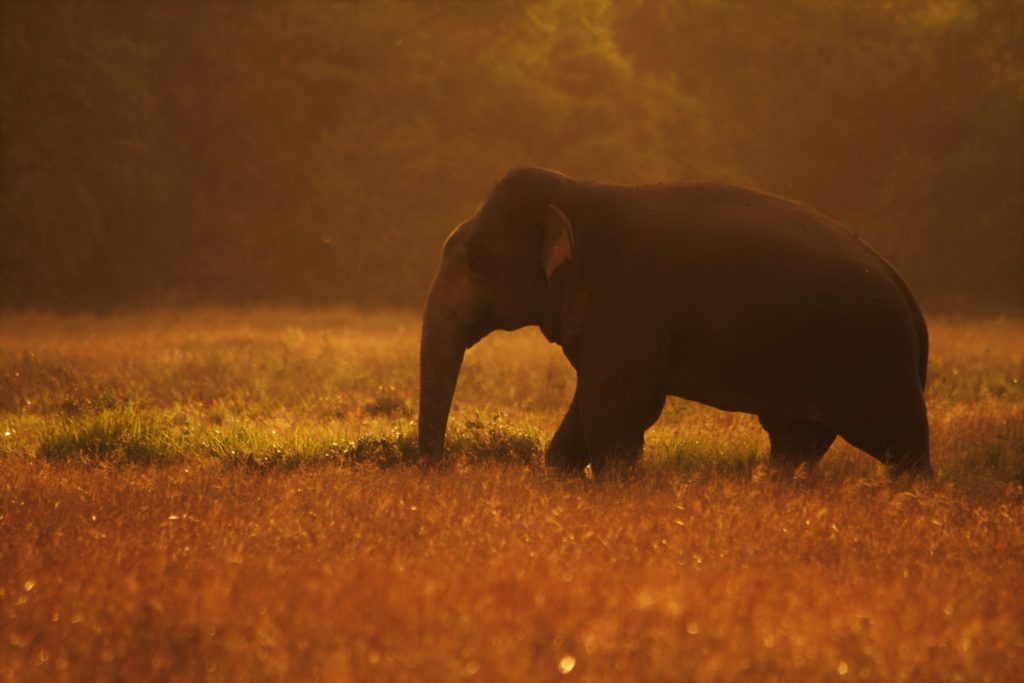
The legendary memory of an elephant, a vital aspect in their lives, is also a deterrent in the efforts to curb the human elephant conflict. In the Minneriya National Park, we encountered an elephant they call ‘Bonnet’ who charges most vehicles and has injured many. Her baby was run over by a park vehicle and killed. There will be many, many more stories like this. There already are many, many stories like this. It seems an uphill task but love and compassion should overcome even the anger of a wounded animal if given ceaselessly. Let us love them and if that does not come naturally, let us let them live.
Text by Uma Chandrasiri
Images Courtesy of Sasaka Kodithuwakku
